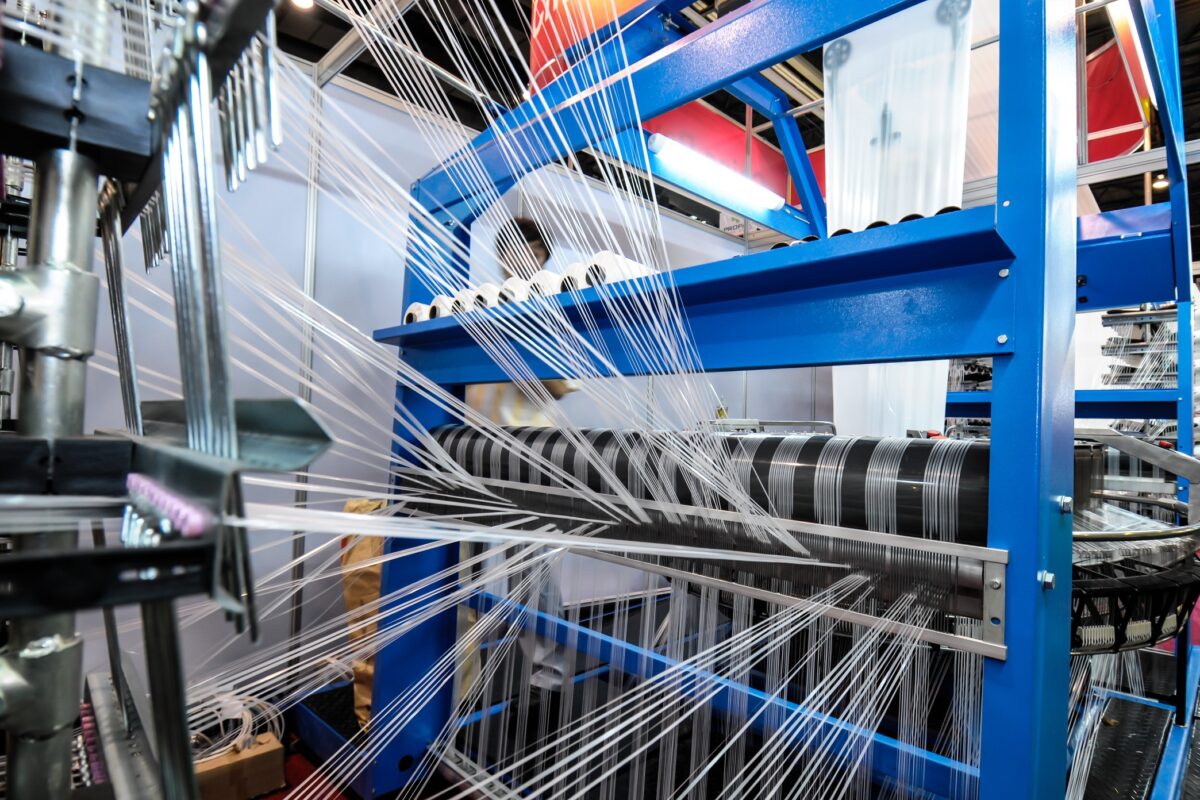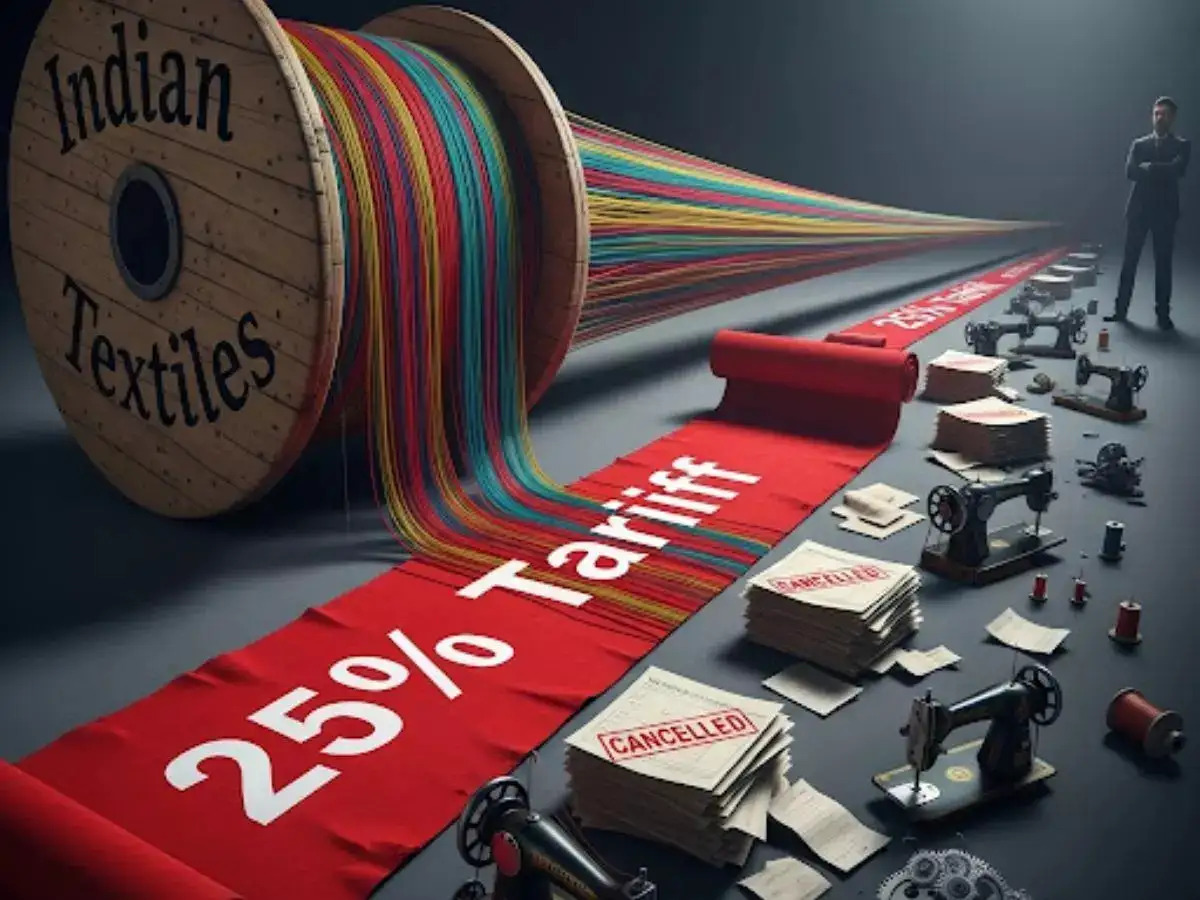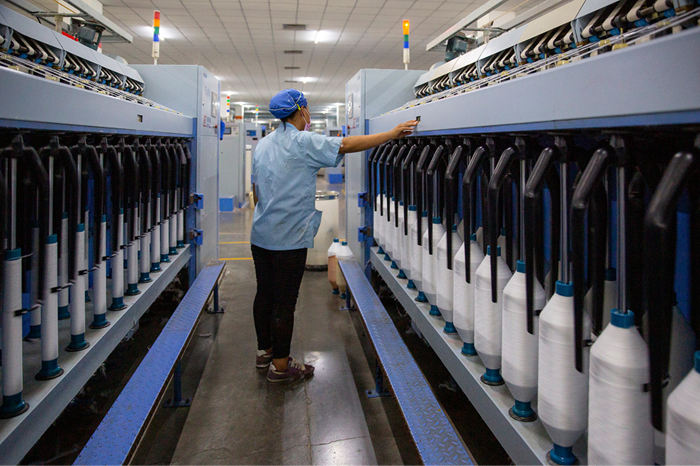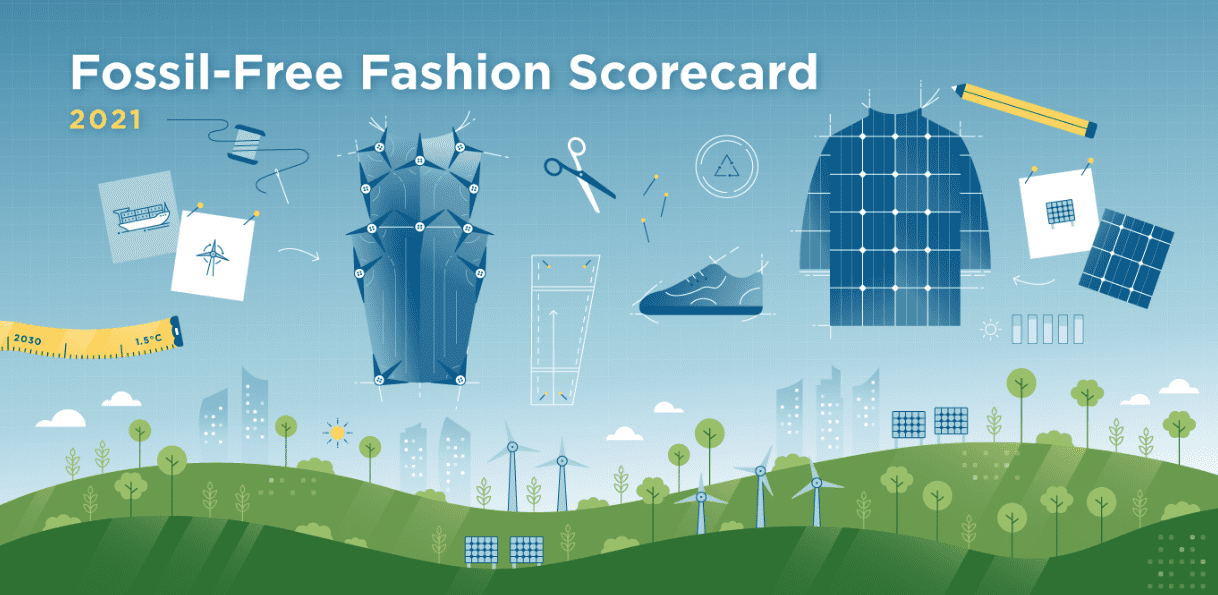FW
The apparel division of Siyaram Silk Mills, India’s leading textile manufacturing company recently organised an All India Retailer Meet 2016 at Sahara Star, Mumbai. The event was primarily hosted to facilitate Siyaram’s family bond by gathering their channel partners and providing them a refreshing break from their routine activities.
The meet saw the participation of around 1,000 dealers and channel partners of Oxemberg and J. Hampstead apparel brands. The participants were delighted to see the Spring/Summer 2017 Collection. Club wear collection for Oxemberg was also launched at the meet and was the star attraction of the night. The scintillating collection of Club wear fashion shirts is a range designed by creatively talented designers by exploring trends from around the world. Fine fabrics, trendsetting designs and a slim structured fit make this collection a complete rock star. The shirts are adorned with stylish, hand-picked buttons, crisp cuffs & broad collars. These fabulous pieces are available in popular designs like Dobby, Jacqured, Poplin & Chambray.
Siyaram's chairman and managing director, Ramesh Poddar said the meet had given them a platform to appreciate all their dealers and channel partners who played a valuable role in the overall growth of the company. It was through their efforts that the Mills’ brands have been able to enhance their presence across the country.
In order to boost trade exchanges between the two countries and explore possibilities of partnership in various sectors such as textile, infrastructure, energy, information technology, construction, agriculture, chemicals and fertilizers, mining, and automotive, an Indian business delegation is expected to visit Morocco next week. This visit comes one month after Morocco and India set up a joint trade and industry chamber to give new impetus to cooperation between the two countries.
The chamber was launched during the visit of Indian vice president Mohammad Hamid Ansari in the presence of the Head of the Moroccan Government Abdelillah Benkirane and businessmen from the two countries. Recalling the longstanding and strong ties between the two countries, Benkirane said Morocco was committed to developing relations with India in all fields. Ansari stressed on the importance of newly created trade chamber set to enhance cooperation and partnership between Moroccan and Indian businessmen. He also hailed trade growth between Morocco and India during the last few years and stressed the huge potential of the economies of the two countries that banked on common history.
Exports from the North African country to India includes metallic ores and metal scrap, semi-finished products and inorganic chemicals, while its imports from India include cotton yarn, synthetic fiber, transport equipment, pharmaceuticals, agricultural implements, chemicals, spices and manufactured metals. Morocco is one of the world’s top producers and exporters of fertilizers thanks to its phosphates and India is one of the major markets for Moroccan phosphate and its derivatives.
In a significant development due to the Bangladesh factories’ failure in making required progress in remediation work, ‘The Alliance for Bangladesh Worker Safety,’ a North American buyers’ group, has cut ties with five out of the 11 factories as the firm authorities failed to provide evidences of remediation work at their units and did not submit design documents to the platform.
These factories are: Anzir Apparels at Savar in Dhaka, Beautiful Jackets in Manikganj, Fashion Store and ZSB Garments in Gazipur and Ambia Apparels in Chittagong.‘The Accord on Fire and Building Safety,’ a platform of EU brands and buyers, has terminated World Victory Garments, Ags Apparels, SN Sweater Co, Safwan Fashions and Wintex Fashion Wear in Dhaka and Fabin Apparels in Narayanganj from its suppliers’ list due to the factories’ failure in implementing workplace safety measures.
With the 11, the total number of RMG factories with which global buyers cut business relations in different times on workplace safety ground reached 137. Of them, the Alliance has cut business ties with 88 factories while the Accord with 49 units. The Accord said they provided corrective action plans to the factories to eliminate safety hazards which were identified during the initial inspections but the factory authorities failed to make adequate CAP implementation progress.
Meanwhile, the Alliance said that the factories had been suspended from its compliant factory list because of their lack of progress in one or more programs, thereby failing to make progress in ensuring a safe working environment.
At a time when international buyers are planning to place orders for Christmas, the apparel industry in Pakistan is facing severe shortage of cotton yarn, says The Pakistan Readymade Garments Manufacturers & Exporters Association (PRGMEA). The local garment industry is not capable of entertaining international buyers due to the price factor and especially owing to artificial shortage of cotton yarn created by the spinning as well as ginning industry, which is holding stock in the hope of further hike in rates, points out PRGMEA.
Over burdened by more than 11 per cent taxes and utility cost, the apparel industry demands at least 15 per cent special support to stay in international export market otherwise all current business will be shifted to other countries. The apparel export sector is under severe pressure due to severe competition from countries like Bangladesh, Vietnam and Cambodia. The current cotton scenario has compelled garment manufactures to quote downward because of non-availability of cotton yarn in domestic market as mills as reluctance to quote despite the fact that PRGMEA is ready to purchase yarn at prevailing high market prices.
Spinning mills have been holding stocks on the prediction that prices will go up amidst high additional regulatory duty on import of cotton yarn. PRGMEA says garment exporters are nervous about making shipments on time due to artificial scarcity of raw material that is forcing buyers to go to other competing countries offering lower rates. This would gradually lead to the collapse of the industry in the country. The industry demands immediate removal of regulatory duty, custom duty and other taxes on import of yarn from all countries.
BIMSTEC is a free trade agreement being negotiated by Bangladesh, India, Myanmar, Sri Lanka, Thailand, Bhutan and Nepal. It’s expected to help in elimination of non-tariff measures and give a big push to trade in the region. BIMSTEC may help activate production links among member countries and help in rationalising various non-tariff measures which would give a big push to regional trade and generate regional value chains.
However, there are major hurdles. There is not much economic cooperation between political adversaries Bangladesh and Myanmar. Better economic engagement between the two can open alternate land routes from India to Thailand through Bangladesh and Myanmar — bypassing the Northeast. Also non-tariff barriers have to be eliminated within a mutually agreed timeframe. Transit facilities have to be introduced to promote effective intra-BIMSTEC trade.
BIMSTEC stands for Bay of Bengal Initiative for Multi-Sectoral Technical and Economic Cooperation. It is not a new initiative. It was formed nearly two decades ago, in 1997. In 1998, the regional group proposed entering a free trade agreement with India and Thailand, the two main partners. Since then, the trade paradigm in the region has undergone a substantial change. India has entered into free trade agreements with Thailand as well as with Asean. It has preferential trade agreements with prominent BIMSTEC members like Sri Lanka and Bangladesh.
The British Wool Marketing Board (BWMB) has launched a premium label partnership with manufacturers that want to promote a higher content of British grown wool in their carpets, rugs and other products. The partnership includes a new label, Gold British Wool label, and a pre-existing label, the Platinum label.
BWMB is owned by sheep farmers of the UK and sits between the wool producer and the textile industry. The labels have been created to clearly define a higher level of British wool content within the product – 70 per cent within the wool blend in the case of the gold label and 100 per cent in the case of platinum. This allows quality manufacturers a chance to influence how much wool of genuine British origin is used in the blend of their ranges.
British wool grown on breeds in the UK is regarded as the strongest wool in the world. It is the main wool choice in carpet for contract and commercial ranges - such as those found in casinos and hotels. This is due to its natural bounce-back caused by its crimp and robust bulk which resists pressure.
The benefit from this is appearance retention and a resistance to flattening in carpets and maintaining good structure in products such as upholstery, bedding and mattresses.
Leading designer, manufacturer and marketer of branded apparels and accessories, G-III Apparel Group, has entered into a definitive agreement with LVMH Moët Hennessy Louis Vuitton, the world’s leading high quality products group by which the former has acquired Donna Karan International, parent of the Donna Karan and DKNY brands owned by LVMH. The deal is worth $650 million and the final transaction is expected to close in late 2016 or early 2017.
In connection with the acquisition, G-III has obtained financing commitments from Barclays and JPMorgan Chase Bank, NA for a $525 million ABL credit facility and a $450 million 6-year term loan. In a statement, Morris Goldfarb, Chairman, Chief Executive Officer and President of G-III said that Donna Karan International was an iconic global fashion company. Its lifestyle aesthetic resonates well with consumers throughout the world. G-III is excited to build upon its strong foundation as they seek to capitalize on a significant market opportunity.
Managing director of LVMH, Toni Belloni points out Donna Karan International has a deep heritage, global recognition and renewed energy. His company believes that the DKNY brand has a dynamic position in the market and when G-III approached it about acquiring the brand, LVMH concluded the time was right and G-III was the right company in the trade going forward.
Lenders to the troubled textile manufacturer Alok Industries are considering restructuring of the over Rs 18,000 crores debt under the S4A (scheme for sustainable structuring of stressed assets). The Reserve Bank issued the S4A guidelines last month to help both banks as well as struggling companies to tackle debt. The salient feature of S4A is that it enables debt-laden companies to get working capital from banks, unlike the SDR scheme where a company is not eligible for fresh funds from lenders.
The S4A scheme envisages determination of a sustainable debt level for stressed borrowers, and bifurcation of outstanding debt into sustainable debt and equity or quasi-equity instruments, which are expected to provide upside to lenders when the business turns around.
Alok Industries owes over Rs 18,000 crores to a consortium of 32 lenders, led by the State Bank of India. So far, only a few companies could get the S4A option implemented. Since Alok has a good cash flow, S4A is possible.
In January, the company had informed the stock exchanges that the lenders had invoked strategic debt restructuring (SDR) in the company, with the reference date being November 27, 2015.
The Joint Lenders Forum had said it would acquire up to 65 per cent stake in the company by converting debt into equity. But the SDR failed as banks were unable to convert the debt to equity within 210 days from November 27, 2015.
In the first half of this year, Vietnam’s garment and textile export value reached $12.6 billion thus registering an increase of 4.72 per cent over the same period last year. But now, local textile and garment enterprises are at risk of missing their export target for this year due to reduced competitive ability and lack of export orders, according to experts who spoke at a conference of Vietnam Textile and Apparel Association (VITAS) late last week in Hanoi.
The country’s currency policy in relation to the US dollar has remained stable while competitors in textile and garment products such as India, Bangladesh, ASEAN countries and China have devalued their currencies, increasing their export competitiveness. Additionally, interest rates on banking loans are high between 8 and 10 per cent, making capital more expensive for local enterprises. Other factors that are impacting the reduced competitive ability are the minimum wages that have risen an average 26.4 per cent per year for local enterprises and 18.1 per cent each year for enterprises with foreign investment during the period 2008-16.
The increases in minimum wage also entail increased payments of insurance and union dues, further burdening enterprises, according to VITAS. The association reported that Vietnam’s garment and textile export value in the first half of this year reached $12.6 billion, an increase of 4.72 per cent over the same period last year. This accounted for 41 per cent of the sector’s annual target for 2016.
The growth in the industry’s export value was largely attributed to foreign direct investment (FDI) firms while local firms had difficulties getting new export contracts, especially orders of shirts, trousers and jackets, maintained the association. It warned that the lack of export orders could worsen and many small- and medium-sized firms may have to shut down. Therefore, it has predicted that the industry might earn only $29 billion from exports this year, down $2 billion from the set target, if the situation does not improve.
Pakistan has missed the cotton sowing target by 21 per cent in the current crop season. As a result, the country would miss production target of 14.1 million bales by over 25 per cent. Reasons include uncertainty of cotton prices, increased sugarcane cultivation in cotton areas, and shortage of seeds in cotton sowing.
The country missed the crop production target by around 30 per cent in 2015-16 and it remained around 10 million bales, which caused a loss of 0.5 per cent to GDP growth. The decline in cotton sowing was recorded in Punjab, which is the major cotton producing province. Punjab produces about 70 per cent of the total cotton.
Cotton sowing also declined due to lower prices of cotton nationally and internationally during the last three years that discouraged growers and they opted to cultivate maize, sugarcane and rice crops in some districts of Punjab due to their better market returns. There is still uncertainty as ups and downs are being observed in cotton prices due to which growers are reluctant to sow cotton crop. Growers faced difficulties in getting certified seed, hence this affected the sowing target. Due to the shortfall as well as the delay in cotton sowing, production would be negatively affected.












